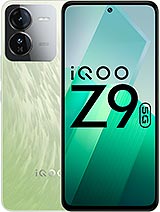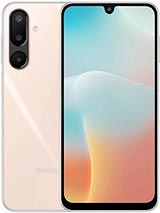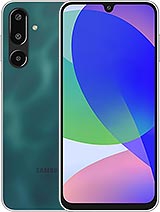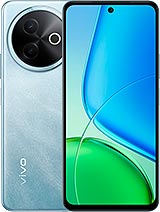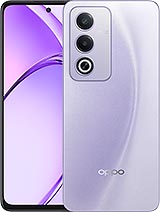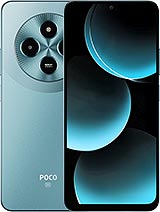Poco M7 alternatives
Tap above to see alternatives.
Redmi 13C alternatives
Tap above to see alternatives.
2x2.2 GHz Cortex-A78
6x1.95 GHz Cortex-A55
2x2.2 GHz Cortex-A76
6x2.0 GHz Cortex-A55
8GB 128GB (UFS 2.2)
6GB 128GB (UFS 2.2)
8GB 256GB (UFS 2.2)
f/1.8, (wide), 1/2.96", PDAF
f/1.8, 28mm (wide), PDAF
0.08 MP
(auxiliary lens)
f/2.0, (wide)
SIM1: Nano, SIM2: Nano
SIM1: Nano, SIM2: Nano
FDD: N1, N2, N3, N5, N7, N8, N20, N26, N28
TDD: N38, N40, N41, N48, N66, N77, N78
FDD: N1, N3, N5, N8, N28
TDD: N40, N78
FDD: N1, N2, N3, N5, N7, N8, N20, N26, N28
TDD: N38, N40, N41, N48, N66, N77, N78
FDD: N1, N3, N5, N8, N28
TDD: N40, N78
In this comparison, the Poco M7 with the Qualcomm Snapdragon 4 Gen 2 (4nm) performs better than the Redmi 13C with the Mediatek Dimensity 6100+ (6nm), thanks to its more efficient chipset.
Both phones offer the same OS update support and receive security updates for the same duration.
Both phones use LCD panels. Moreover, it offers a higher 120 Hz refresh rate for smoother scrolling. Poco M7 also has a brighter display with 600 nits, improving outdoor visibility. These phones have the same resolution.
Poco M7 has a larger 5160 mAh battery for longer usage. They support 18W wired charging.
Both phones have the same IP52 rating for water and dust resistance.

